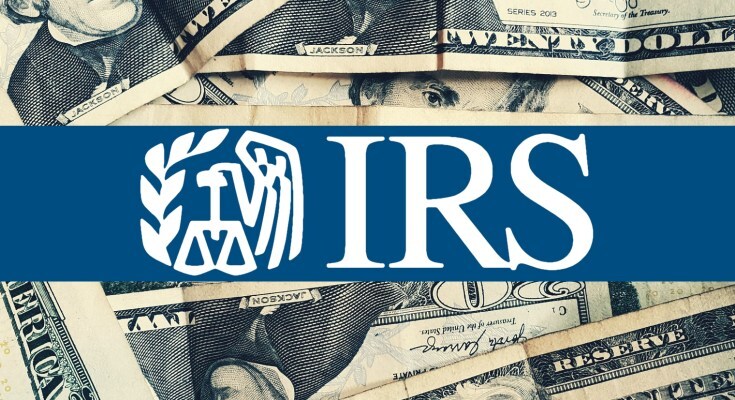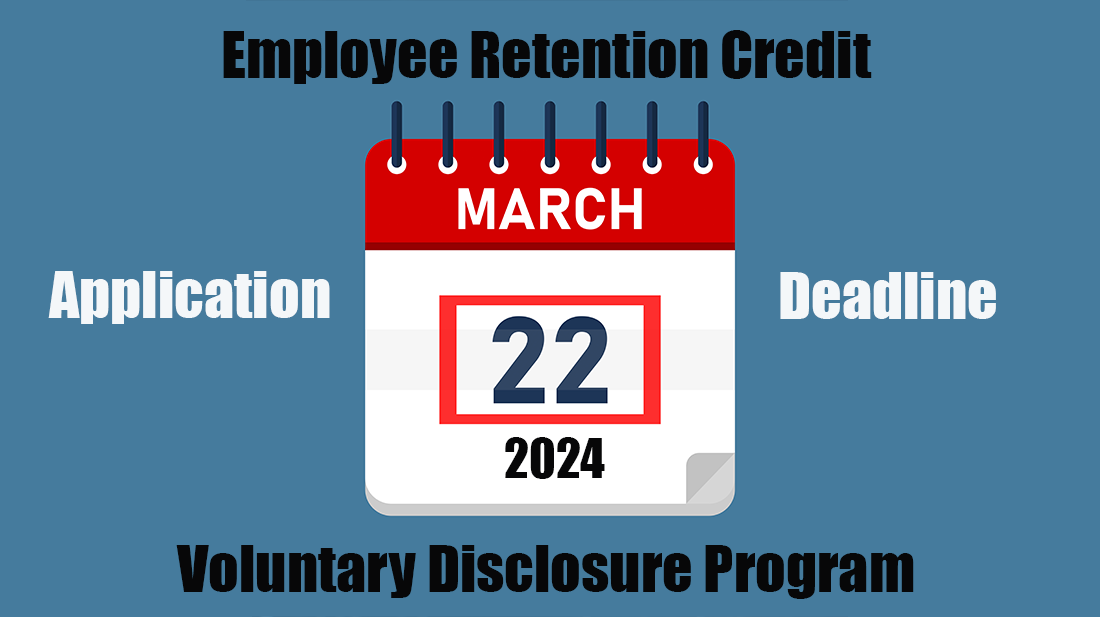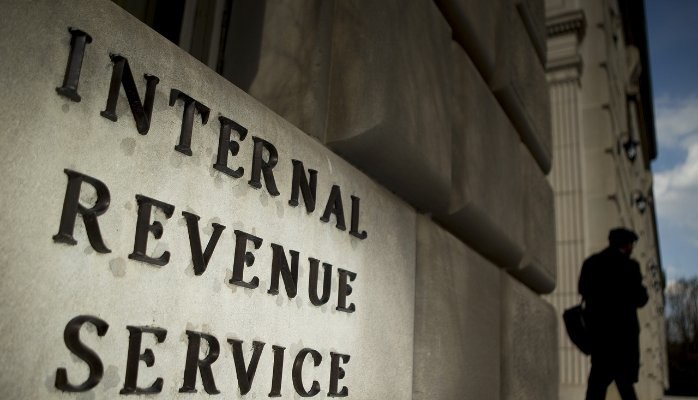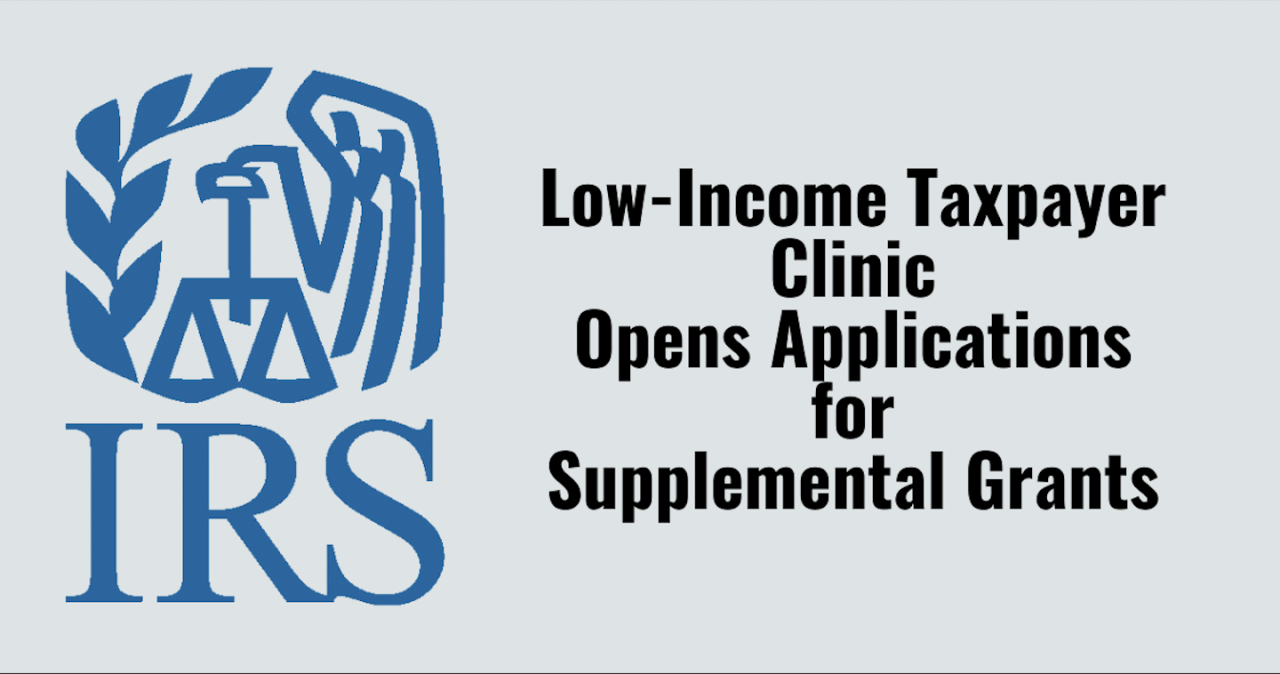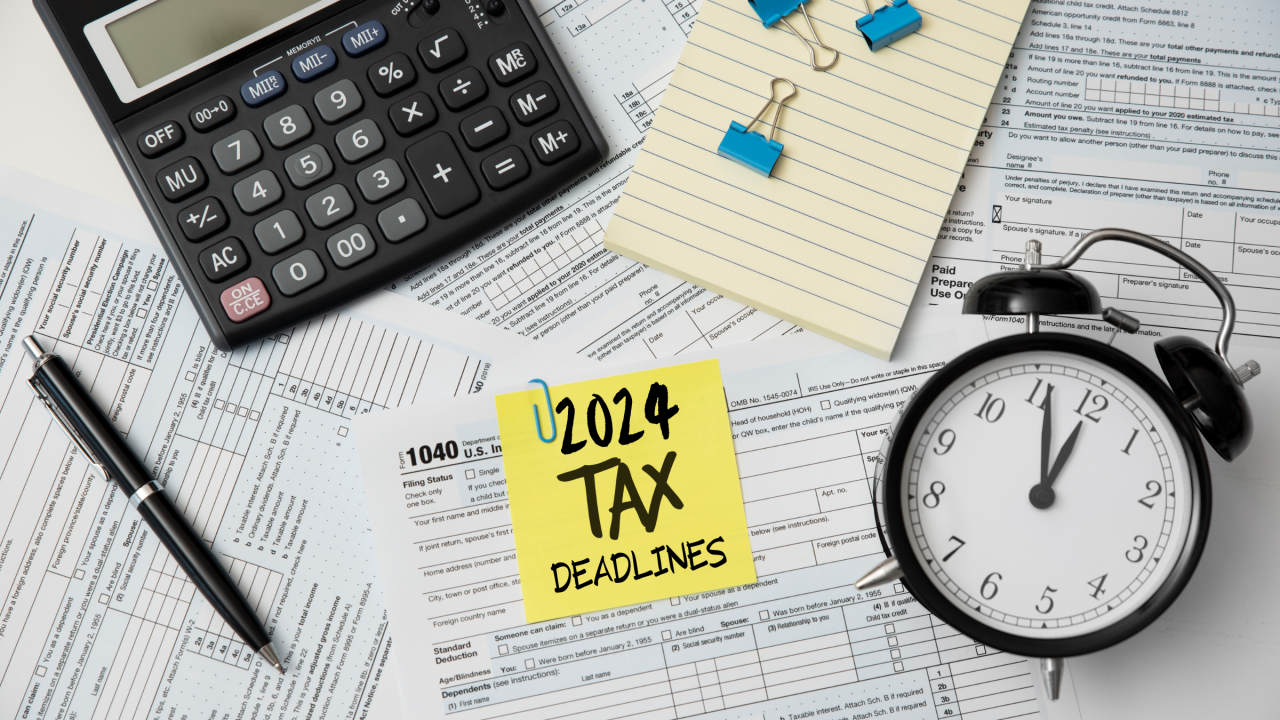During the busiest time of the tax filing season, the Internal Revenue Service kicked off its 2024 Tax Time Guide series to help remind taxpayers of key items they’ll need to file a 2023 tax return.
As part of its four-part, weekly Tax Time Guide series, the IRS continues to provide new and updated resources to help taxpayers file an accurate tax return. Taxpayers can count on IRS.gov for updated resources and tools along with a special free help page available around the clock. Taxpayers are also encouraged to read Publication 17, Your Federal Income Tax (For Individuals) for additional guidance.
Essentials to filing an accurate tax return
The deadline this tax season for filing Form 1040, U.S. Individual Income Tax Return, or 1040-SR, U.S. Tax Return for Seniors, is April 15, 2024. However, those who live in Maine or Massachusetts will have until April 17, 2024, to file due to official holidays observed in those states.
Taxpayers are advised to wait until they receive all their proper tax documents before filing their tax returns. Filing without all the necessary documents could lead to mistakes and potential delays.
It’s important for taxpayers to carefully review their documents for any inaccuracies or missing information. If any issues are found, taxpayers should contact the payer immediately to request a correction or confirm that the payer has their current mailing or email address on file.
Creating an IRS Online Account can provide taxpayers with secure access to information about their federal tax account, including payment history, tax records and other important information.
Having organized tax records can make the process of preparing a complete and accurate tax return easier and may also help taxpayers identify any overlooked deductions or credits.
Taxpayers who have an Individual Taxpayer Identification Number or ITIN may need to renew it if it has expired and is required for a U.S. federal tax return. If an expiring or expired ITIN is not renewed, the IRS can still accept the tax return, but it may result in processing delays or delays in credits owed.
Changes to credits and deductions for tax year 2023
Standard deduction amount increased. For 2023, the standard deduction amount has been increased for all filers. The amounts are:
- Single or married filing separately — $13,850.
- Head of household — $20,800.
- Married filing jointly or qualifying surviving spouse — $27,700.
Additional child tax credit amount increased. The maximum additional child tax credit amount has increased to $1,600 for each qualifying child.
Child tax credit enhancements. Many changes to the Child tax credit (CTC) that had been implemented by the American Rescue Plan Act of 2021 have expired.
However, the IRS continues to closely monitor legislation being considered by Congress affecting the Child Tax Credit. The IRS reminds taxpayers eligible for the Child Tax Credit that they should not wait to file their 2023 tax return this filing season. If Congress changes the CTC guidelines, the IRS will automatically make adjustments for those who have already filed so no additional action will be needed by those eligible taxpayers.
Under current law, for tax year 2023, the following currently apply:
- The enhanced credit allowed for qualifying children under age 6 and children under age 18 has expired. For 2023, the initial amount of the CTC is $2,000 for each qualifying child. The credit amount begins to phase out where AGI income exceeds $200,000 ($400,000 in the case of a joint return). The amount of the CTC that can be claimed as a refundable credit is limited as it was in 2020 except that the maximum ACTC amount for each qualifying child increased to $1,500.
- The increased age allowance for a qualifying child has expired. A child must be under age 17 at the end of 2023 to be a qualifying child.
Changes to the Earned Income Tax Credit (EITC). The enhancements for taxpayers without a qualifying child implemented by the American Rescue Plan Act of 2021 will not apply for tax year 2023. To claim the EITC without a qualifying child in 2023, taxpayers must be at least age 25 but under age 65 at the end of 2023. If a taxpayer is married filing a joint return, one spouse must be at least age 25 but under age 65 at the end of 2023.
Taxpayers may find more information on Child tax credits in the Instructions for Schedule 8812 (Form 1040).
New Clean Vehicle Credit. The credit for new qualified plug-in electric drive motor vehicles has changed. This credit is now known as the Clean Vehicle Credit. The maximum amount of the credit and some of the requirements to claim the credit have changed. The credit is reported on Form 8936, Qualified Plug-In Electric Drive Motor Vehicle Credit, and on Form 1040, Schedule 3.
More information on these and other credit and deduction changes for tax year 2023 may be found in the Publication 17, Your Federal Income Tax (For Individuals), taxpayer guide.
1099-K reporting requirements have not changed for tax year 2023
Following feedback from taxpayers, tax professionals and payment processors, and to reduce taxpayer confusion, the IRS recently released Notice 2023-74 announcing a delay of the new $600 reporting threshold for tax year 2023 on Form 1099-K, Payment Card and Third-Party Network Transactions. The previous reporting thresholds will remain in place for 2023.
The IRS has published a fact sheet with further information to assist taxpayers concerning changes to 1099-K reporting requirements for tax year 2023.
Form 1099-K reporting requirements
Taxpayers who take direct payment by credit, debit or gift cards for selling goods or providing services by customers or clients should get a Form 1099-K from their payment processor or payment settlement entity no matter how many payments they got or how much they were for.
If they used a payment app or online marketplace and received over $20,000 from over 200 transactions,
the payment app or online marketplace is required to send a Form 1099-K. However, they can send a Form 1099-K with lower amounts. Whether or not the taxpayer receives a Form 1099-K, they must still report any income on their tax return.
What’s taxable? It’s the profit from these activities that’s taxable income. The Form 1099-K shows the gross or total amount of payments received. Taxpayers can use it and other records to figure out the actual taxes they owe on any profits. Remember that all income, no matter the amount, is taxable unless the tax law says it isn’t – even if taxpayers don’t get a Form 1099-K.
What’s not taxable? Taxpayers shouldn’t receive a Form 1099-K for personal payments, including money received as a gift and for repayment of shared expenses. That money isn’t taxable. To prevent getting an inaccurate Form 1099-K, note those payments as “personal,” if possible.
Good recordkeeping is key. Be sure to keep good records because it helps when it’s time to file a tax return. It’s a good idea to keep business and personal transactions separate to make it easier to figure out what a taxpayer owes.
For details on what to do if a taxpayer gets a Form 1099-K in error or the information on their form is incorrect, visit IRS.gov/1099k or find frequently asked questions at Form 1099-K FAQs.
Direct File pilot program provides a new option this year for some
The IRS launched the Direct File pilot program during the 2024 tax season. The pilot will give eligible taxpayers an option to prepare and electronically file their 2023 tax returns, for free, directly with the IRS.
The Direct File pilot program will be offered to eligible taxpayers in 12 pilot states who have relatively simple tax returns reporting only certain types of income and claiming limited credits and deductions. The 12 states currently participating in the Direct File pilot program are Arizona, California, Florida, Massachusetts, Nevada, New Hampshire, New York, South Dakota, Tennessee, Texas, Washington state and Wyoming. Taxpayers can check their eligibility at directfile.irs.gov.
The Direct File pilot is currently in the internal testing phase and will be more widely available in mid-March. Taxpayers can get the latest news about the pilot at Direct File pilot news and sign up to be notified when Direct File is open to new users.
Finally, for comprehensive information on all these and other changes for tax year 2023, taxpayers and tax professionals are encouraged to read the Publication 17, Your Federal Income Tax (For Individuals), taxpayer guide, as well as visit other topics of taxpayer interest on IRS.gov.
Source: IRS-2024-45, Feb. 21, 2024

